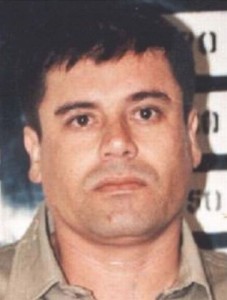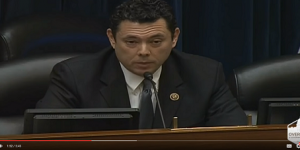Summary

Joaquin “El Chapo” Guzman Loera
The July 11 escape of the notorious Sinaloa crime boss, Joaquin “El Chapo” Guzman Loera, from a maximum-security prison in Mexico has drawn considerable Mexican and international media attention. While the brazen and elaborate nature of the escape will add to the lore already surrounding Guzman, the escape itself carries little significance for organized crime in Mexico — though it will place a momentary strain on coordination between U.S. and Mexican law enforcement. The forces that drive the evolution of organized crime and their impact on society in Mexico are simply greater than any single crime boss.
Analysis
Mexico’s geography enabled drug traffickers like Guzman to operate on a global scale. As international law enforcement effectively dismantled the powerful Colombian cartels and stymied their maritime trafficking routes through the Caribbean in the 1980s and 1990s, Mexico became the lynchpin of new smuggling routes into the United States. This evolution took place just as the Mexican criminal networks that trafficked drugs broke down into smaller groups. Though crime bosses like Guzman rose in stature relative to others, all organized crime groups in Mexico are the result of a systematic decentralization in cartel structure that continues today.
In fact, by the time Guzman was arrested in February 2014, the Sinaloa Cartel was already fragmenting. Groups that operated in areas such as Chihuahua, Sonora, Sinaloa and Baja California states — areas that were once part of El Chapo’s criminal network — were already acting autonomously. Some of them were even fighting one another. The arrest of Guzman and the subsequent capture of some of his lieutenants only accelerated this trend. Now, geographic domains that were controlled by Sinaloa-based crime bosses for decades are now controlled by other groups, including the Cartel de Jalisco Nueva Generacion, which expanded from the Tierra Caliente region, and La Linea, which was once the enforcement group for the Juarez cartel.
Among the myths surrounding El Chapo were tales pertaining to his purported role as an arbiter of organized crime in Mexico. According to some of those myths, his organization preferred to expand its business operations through negotiation, rather than through violent conflict. But Guzman, in fact, was party to some of the most violent turf wars in Mexico, introducing rampant insecurity in places such as Tijuana, Nuevo Laredo and Ciudad Juarez. These conflicts had subsided by the time he was arrested but not before nationwide turf wars devolved into more localized conflicts. Guzman may attempt to re-consolidate the control he once had over Mexico’s organized crime activities, but his previous efforts to do so failed, and the task would be even tougher now that his network has become even thinner.
Since 2012, Mexican organized crime has become increasingly balkanized amid government efforts to revamp public security institutions, and nationwide levels of organized crime-related violence have gradually diminished. Though having more crime groups means there are more bosses, these leaders have not been able to sustain violent offensives against their rivals and fend off the state as well as their predecessors did. And while waves of extreme violence can still emerge in places like Tamaulipas, they typically weaken as soon as security forces move in — in contrast to past conflicts in places like Juarez, where violence continued to climb despite repeated deployments of federal troops.
“In Mexico, Crime Is Bigger Than a Crime Boss is republished with permission of Stratfor.”




























